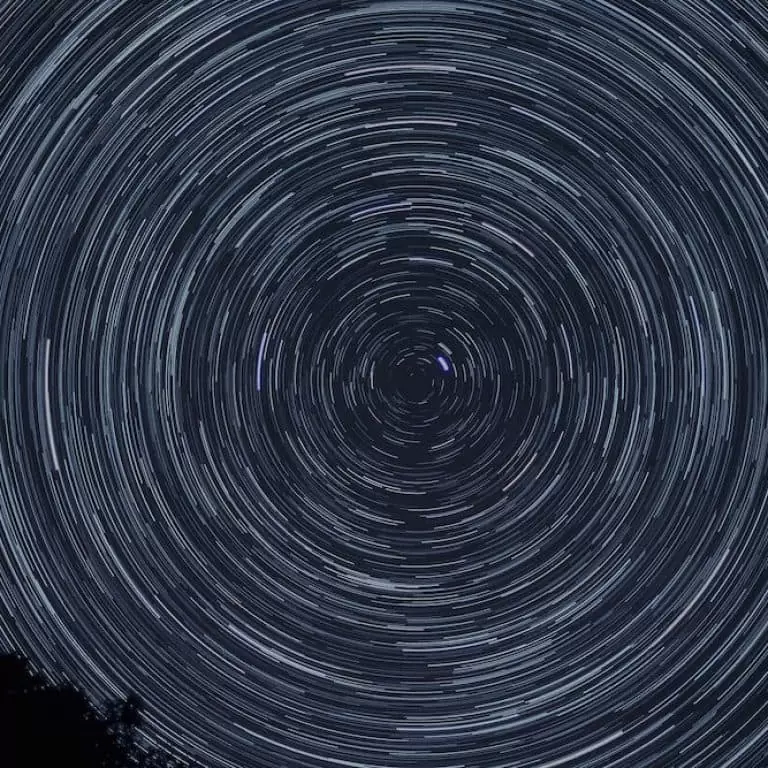
News Where Time-Lapse Came From and How it Works
Believe it or not, time-lapse imagery has been around for more than 100 years. While the art has been enhanced and perfected with new technology, the concept remains the same. Time-lapse videos allow us to see long processes in just minutes and lets us see both natural and man-made events in entirely new ways.
Time-lapse photography had its beginnings in the entertainment industry and it’s still widely used there today. But, now other industries, including science, construction, engineering, transportation and biology also use the technique to teach others about in-depth topics and to record processes in a visually stunning way.
The First Time-Lapse Videos
The very first time-lapse video was filmed in 1897 by Georges Melies in his movie “Carrefour De L’Opera.” Melies was a French filmmaker and is credited with helping move the movie industry forward with technological advances and new techniques.
It only took about 12 years for the technology to move to the world of science, where it was first used in 1909 to record biological processes. Then, in 1929 the journalism industry was introduced to the technique.
But, it’s safe to say that it wasn’t until the 1930s that time-lapse photography really caught on and artists and scientists began to understand its true value. A banker named Dr. John Ott began collecting and building time-lapse photography equipment and changed the technology forever.
Ott built a greenhouse and set up his equipment to record the growth of plants. He even created a system that moved the cameras as the plants grew, so the process was almost fully automated.
Through his experiments, he discovered that things like the amount of water, colours of temperature lights and other factors all caused the plants to grow in different ways. Certain things made plants grow flowers or fruit while others even changed the sex of the plants.
He used these factors to manipulate plant growth, recorded the movements with time-lapse photography and then set the video to music to create a stunning piece that combined art and science.
Over the years, scientists and technologists have developed the art and science behind time-lapse photography to make it what it is today. While the technology may not be as amazing to people as it was in its early days, the processes it captures are awe-inspiring.
To see how far time-lapse has come today, take a look at Our Services.
How Time-Lapse Photography Works
While there is definitely an art to creating time-lapse videos, there is science behind how they work. The science is what makes it possible to see long processes in a matter of minutes.
Many people mistakenly believe that time-lapse videos are created when regular videos are sped up and played faster than normal. In reality, time-lapse videos are made from a series of still images played at a faster speed than they were taken.
To understand this process, you need to know a little about film. Normal videos are usually recorded at 24 frames per second. This means that the video camera records 24 still images per second as it is taping, and then the video is played back at that same speed, or 24 frames per second. This makes actions on a video appear “normal” or in real-time.
For example, when a video is taped at 24 frames per second, the result will be people and processes moving as they do when watched in real life. When you understand this concept, it’s easier to understand how time-lapse photography works.
When an artist wants to create a time-lapse video, he has to take photos at a regular interval, which is slower than 24 frames per second. He uses a tripod to make sure the camera doesn’t move while taking pictures and an intervalometer to time the shots perfectly.
The photographer will take the images at whatever interval he wants, such as 10 frames per second or even one frame per minute. Then, the frames are put together and played back at 24 frames per second. This technique makes processes on the film appear much faster than they do in real life.
Different intervals are more suitable for different subjects. If the subject is something that changes quickly, like traffic, you would use a shorter interval. If it moves more slowly, like a flower growing and blossoming, you can take photos at longer intervals. Be aware though, that longer intervals can lead to more choppy videos.
The best way to determine what interval is best for your video is to take a few test frames. Try a slower interval first and see what the result is. If the video doesn’t turn out right or if the changes aren’t properly recorded, try a longer interval.
Expert time-lapse photographers use high-definition cameras and the best equipment to properly capture a process. Some time-lapse videos are even set to music, and the combination of images, movements and music is nothing short of artistic.
Time-Lapse Videos Today
Time-lapse videos have humble beginnings in the world of entertainment and even biology, but today, they have been developed and enhanced to become powerful tools. They are used in several different industries and are created for entertainment as well as research purposes. We use this technology and science to better understand processes, highlight change and even promote businesses.
The art and science has been perfected to the point where it allows us to use time-lapse videos for a huge variety of purposes, and virtually anyone can have a video made of their work.
When you create a time-lapse video, you will have the perfect tool for marketing your business, explaining events and studying processes. Still photos, reports and descriptions can only do so much, while the chance to see something unfold in just minutes through a time-lapse video is one that can enlighten and amaze us.
For more information on time-lapse and how it is used in modern day practices, visit our Site-monitoring page.